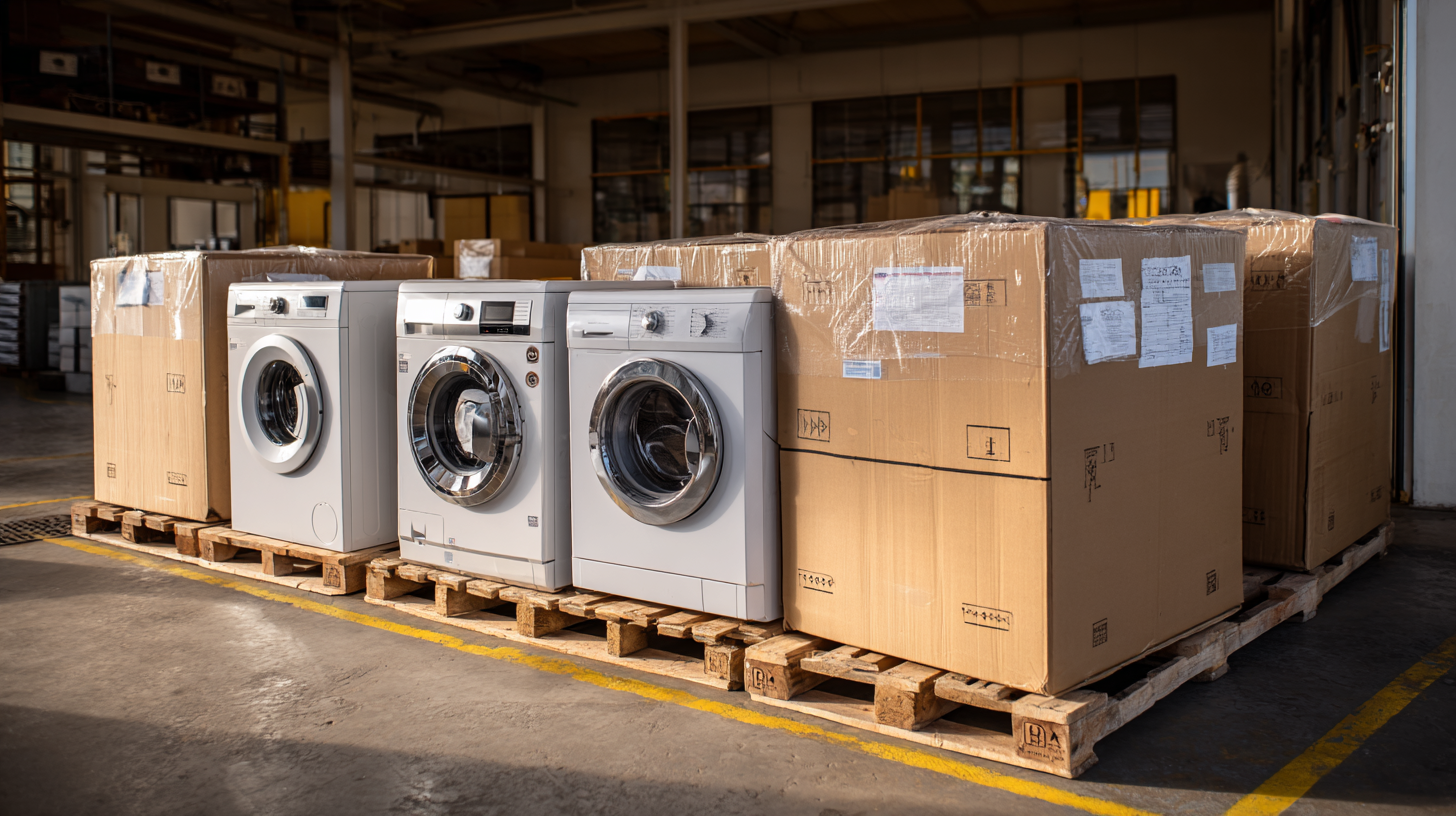Commercial washers and dryers are the backbone of any successful laundry operation. Whether you run a laundromat, manage a multi-family housing unit, or operate an on-premise laundry facility in a hotel or hospital, the right commercial laundry equipment is critical for efficiency, durability, and profitability. This guide explores the key features, benefits, and considerations for selecting and maintaining commercial laundry machines.
What Makes a Washer or Dryer “Commercial Grade”?
Commercial laundry machines are designed to handle high-volume usage and deliver consistent performance in demanding environments. Unlike residential units, they feature heavy-duty components such as stainless steel drums, robust motor assemblies, and programmable controls tailored for commercial cycles.
Key differences include:
- Durability: Built to withstand hundreds of cycles per week without significant wear.
- Capacity: Larger drum sizes accommodate bulky loads, from comforters to uniforms.
- Cycle Speed: Faster spin and dry times help turn over loads quickly.
- Programmability: Custom wash cycles to fit the specific needs of users or industries.
Types of Commercial Laundry Equipment
There are two primary categories of commercial washers and dryers:
1. Vended (Coin or Card-Operated)
These machines are typically found in self-service laundromats or shared laundry rooms in apartment buildings. Users pay per cycle via coin, card, or digital payment systems.
- Pros: Generates revenue, self-service, low labor cost
- Best for: Laundromats, multi-housing properties, RV parks
2. On-Premise Laundry (OPL) Equipment
OPL machines are used in facilities where laundry is done in-house, such as hotels, hospitals, gyms, and correctional facilities.
- Pros: Complete control over operations, reduces outsourcing costs
- Best for: Hospitality, healthcare, fitness centers, schools
Choosing the Right Commercial Machines
Here are the most important factors to consider when buying commercial washers and dryers:
- Capacity Needs
Consider your average load size and daily volume. Commercial machines range from 20 to 100+ lbs. - Energy Efficiency
Look for ENERGY STAR® certified models that reduce water and electricity usage without compromising performance. - Space Requirements
Stackable washer-dryer units are ideal for maximizing vertical space in smaller facilities. - Controls & Programmability
Advanced digital controls allow operators to set cycle parameters, monitor usage, and integrate with payment systems. - Maintenance & Serviceability
Choose brands known for reliability and ensure local access to service technicians and replacement parts.
Benefits of Upgrading to Modern Commercial Laundry Equipment
- Operational Efficiency: Quicker wash and dry times reduce energy consumption and improve turnaround.
- Lower Utility Bills: High-efficiency models significantly cut water and energy usage.
- User Experience: Touchscreen controls, multiple language options, and cashless payments make it easier and more accessible for customers.
- Smart Features: Remote monitoring, performance alerts, and diagnostics minimize downtime.
Maintenance Tips for Long-Term Performance
Regular upkeep is essential to maximize the lifespan and reliability of your machines:
- Clean lint traps and filters daily.
- Inspect hoses and seals monthly for wear or leaks.
- Schedule professional servicing at least twice per year.
- Keep records of repairs and cycle counts to identify patterns or problems early.
Conclusion
Investing in high-quality commercial washers and dryers is one of the smartest moves a laundry operator can make. The right machines deliver durability, efficiency, and customer satisfaction — all of which translate into long-term cost savings and increased revenue. Whether you’re setting up a new laundromat or upgrading an existing laundry room, understanding the options and maintaining your equipment will keep your operation running smoothly for years to come.








